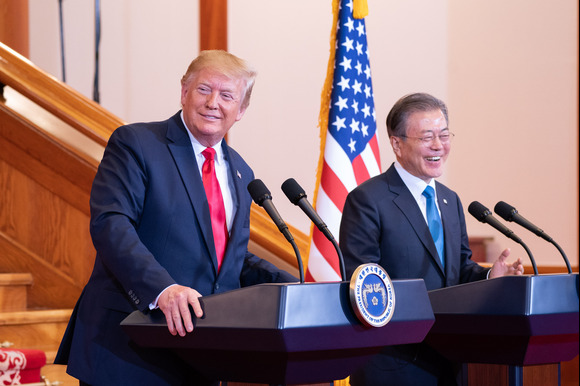
Photo by: Kaboompics.com
The U.S. dollar faltered on Tuesday as investor enthusiasm over potential trade deals began to wane, while Asian currencies paused after an exceptional two-day rally, exposing vulnerabilities in the greenback’s recent strength.
Against the Japanese yen, the dollar slipped 0.5% to 142.99 and also declined against major European currencies. The euro edged up 0.2% to $1.1341, and the British pound climbed 0.2% to $1.3328.
“Some of the optimism we saw last week surrounding trade deals has faded,” noted Jane Foley, head of FX strategy at Rabobank. She added that investors may soon become impatient, turning focus to corporate warnings about economic damage from ongoing tariffs.
In previous weeks, hope for tariff rollbacks through trade negotiations had buoyed both equities and the dollar. However, traders are now digesting recent volatility in Asian currencies—particularly the Taiwan dollar’s historic two-day surge, which has since steadied.
Gains across emerging Asian currencies also point to potential trouble for the dollar, hinting at significant capital inflows into the region. This shift suggests one of the dollar’s traditional support pillars may be under threat.
Chris Weston, head of research at Pepperstone, said the market is speculating whether traditionally weak and tightly controlled currencies in Asia are now being allowed to appreciate as a gesture in ongoing trade talks. Taiwan’s central bank has denied such moves, but the market suspects tacit approval, interpreting the Taiwan dollar’s strength as a quiet concession that Washington would welcome.
Meanwhile, China’s onshore yuan rose 0.7% to 7.2212 per dollar after trading resumed following a public holiday. The offshore yuan hovered near a six-month high at 7.2135, underscoring strength across regional currencies.
In Europe, the euro remained largely unaffected by political developments in Germany, where conservative leader Friedrich Merz unexpectedly failed to gain parliamentary support for the chancellorship—an early blow to his coalition with the Social Democrats.
Looking ahead, traders are focused on Wednesday’s U.S. Federal Reserve meeting. While rates are expected to stay unchanged, this gathering may mark the last predictable decision in the current cycle, as economic risks grow.
The Bank of England is also scheduled to meet this week, with markets anticipating a 25-basis-point rate cut on Thursday due to escalating trade-related uncertainty. Central banks in Norway and Sweden are expected to maintain current rates.
Swiss National Bank Chairman Martin Schlegel reiterated the SNB’s readiness to intervene in currency markets and cut rates further below zero to guard against deflation. The franc traded slightly weaker at 0.9330 per euro and 0.8234 per dollar.







